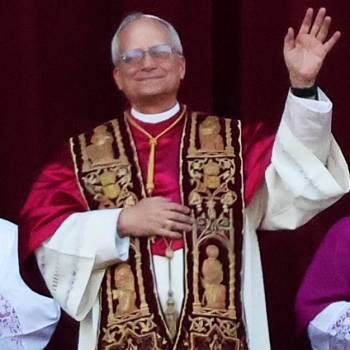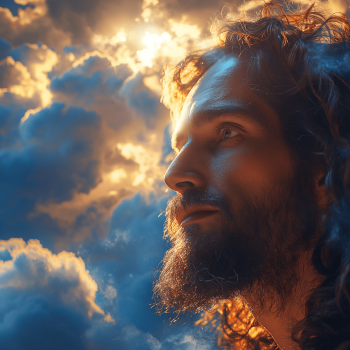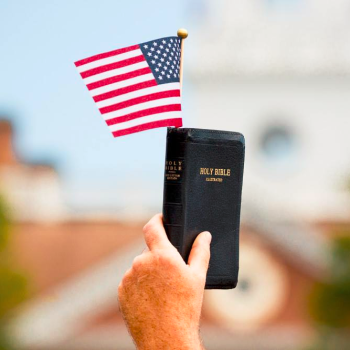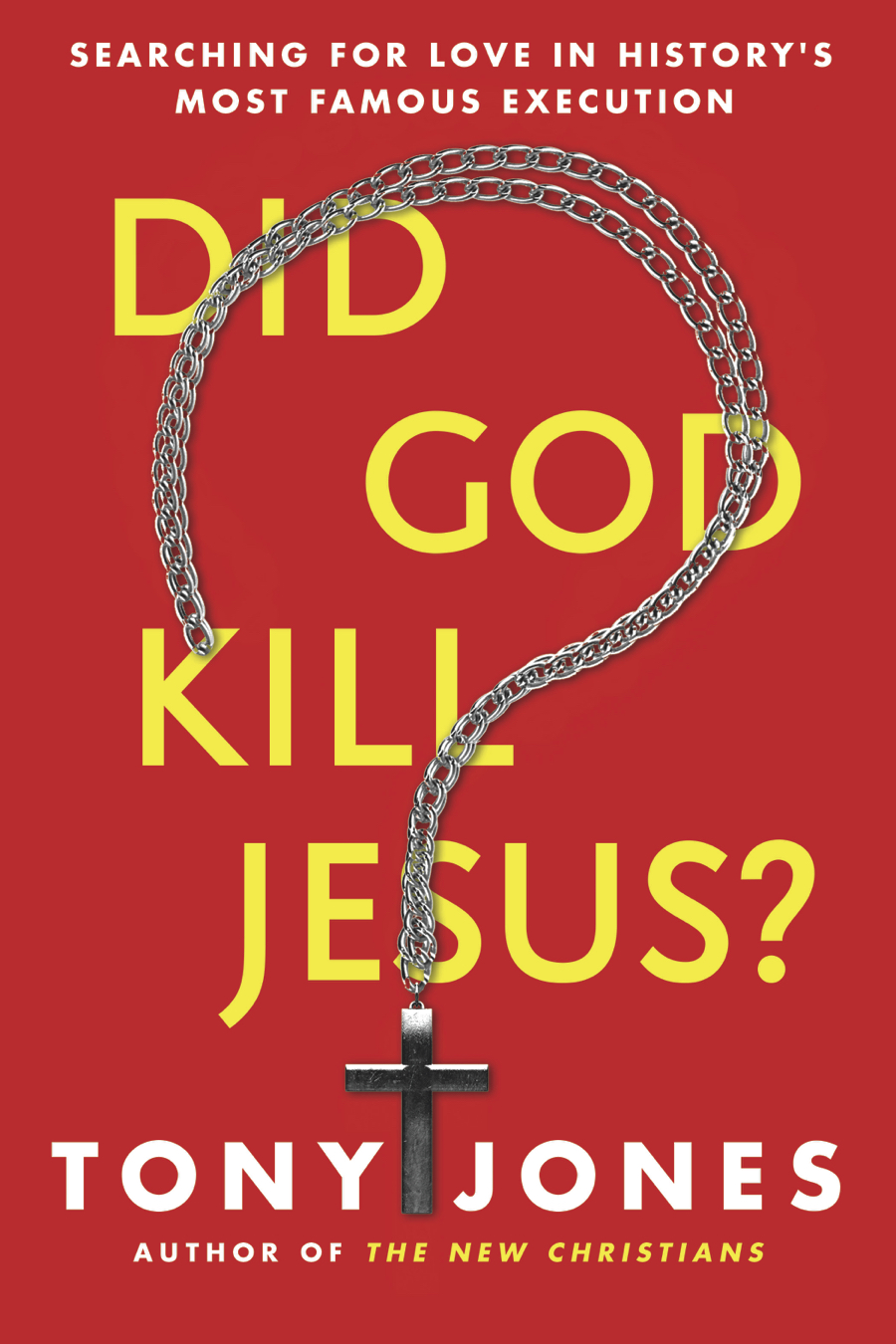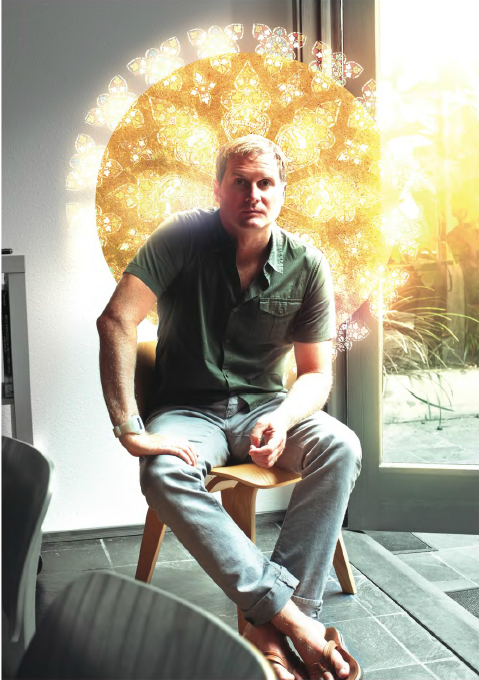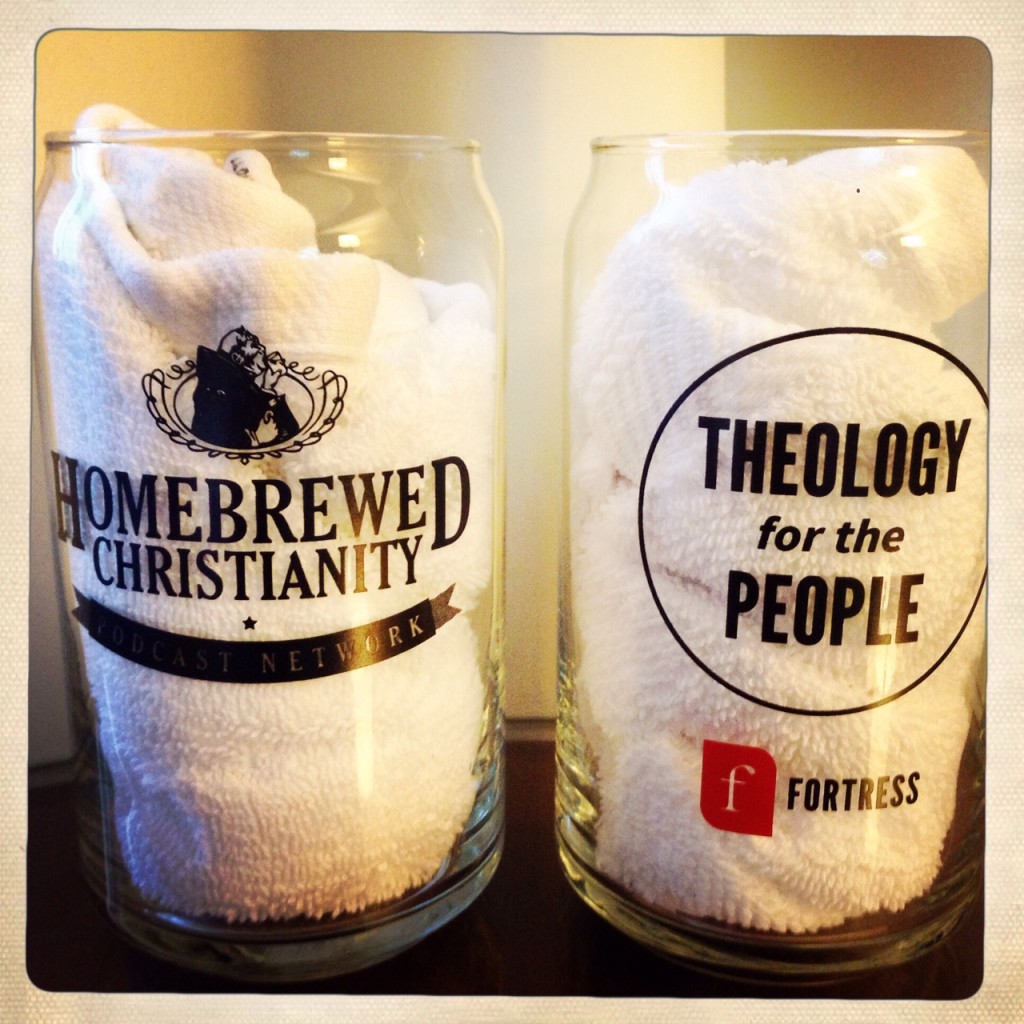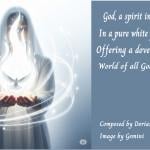This book review is by my spouse, Courtney Perry.
Endarkenment.
Ray Wylie Hubbard first awakened me to that word when I heard him sing “A. Enlightenment, B. Endarkenment (Hint: There is no C)” at a party in Texas. I laughed aloud, surprised at the witty mouthful of words he jammed into a mere song chorus, looking at my (now-)husband as if to say, “Are you hearing this? Am I even hearing this?”
I didn’t actually reflect upon the meaning of endarkenment, however, until I read it in Barbara Brown Taylor’s book Learning to Walk in the Dark.
“ . . . I realize that in a whole lifetime spent with seekers of enlightenment, I have never once heard anyone speak in hushed tones about the value of endarkenment. The great mystics of the Christian tradition all describe it as part of the journey into God, but it has been a long time since The Cloud of Unknowing was on anyone’s bestseller list.” (p. 86)
Then I had to ask Wikipedia what The Cloud of Unknowing is:
The Cloud of Unknowing (Middle English: The Cloude of Unknowyng) is an anonymous work of Christian mysticism written in Middle English in the latter half of the 14th century. The text is a spiritual guide on contemplative prayer in the late Middle Ages. The underlying message of this work proposes that the only way to truly “know” God is to abandon all preconceived notions and beliefs or “knowledge” about God and be courageous enough to surrender your mind and ego to the realm of “unknowingness,” at which point, you begin to glimpse the true nature of God.
I’ve always been a proponent of introspective alone time, but that’s generally when I inspire myself by reading positive, hopeful texts and meditating to feel a powerful connection to the Universe/God. It’s my upper. Where I struggle is sitting in the stew of a miserable situation which I cannot change and which seems to have no positive outcome. If I can’t make a circumstance lighter (less-weighty) or see how it could improve, I’m left feeling incapacitated and confused. (Our dear friend and Enneagram master Suzanne Stabile says that all Enneagram 7’s — as I am, indicated by the prior sentence — must read this book.) What Learning to Walk in the Dark reminds me is it’s in that moment of immobile despair that true growth occurs.
Following a path of lunar spirituality, BBT walks us through a visceral experience of darkness that offers positive dark imagery to be collected and carried. Night-blooming flowers, the unfathomable expanse of a starry skyscape (which is rendered invisible/unknowable by city lights), the biological necessity of sleep during nighttime hours. Many beautiful and beneficial things happen expressly in the dark. As a photographer who began working in a darkroom, I love to recall the magic born in that blackness. BBT also speaks of the over-done metaphor of light/awakening, even in the Bible, and how the hyper-idealized sense of light and demonized sense of darkness has fed ideas of racism and fear through the ages.
The world is infinitely more complex than a simple understanding of light and dark. Spending time with this text, as I did while in a place of acute discomfort, allowed me to step back and take in the fullness of the bounty of darkness. The book won’t fix your problems. It won’t make you instantly happy. But in the rich text I found affirmation of my own time spent in the darkness.


